The Versatility of 4-Inch HDPE Pipe for Laying Underground Utility Pipelines
Introduction
Underground utility pipelines play a vital role in the transportation of various substances, such as water, gas, and telecommunications cables. The choice of pipe material is crucial to ensure durability, longevity, and cost efficiency. High-Density Polyethylene (HDPE) pipes have gained widespread popularity for their exceptional properties and suitability for underground applications. In this article, we will explore the versatility and benefits of using 4-inch HDPE pipe for laying underground utility pipelines.
Section 1: Understanding HDPE Pipes
1.1 Overview of HDPE Pipes: High-Density Polyethylene (HDPE) pipes are thermoplastic pipes made from petroleum polymers. They possess excellent strength-to-density ratio, corrosion resistance, and flexibility.
1.2 Key Features of HDPE Pipes:
Flexibility: HDPE pipes can withstand ground movements, thermal expansion, and contraction, making them ideal for underground installations.
Chemical Resistance: HDPE pipes are resistant to corrosion, biological growth, and various chemicals, ensuring long-term performance.
Jointing Methods: HDPE pipes can be joined using fusion welding, providing leak-free and durable connections.
Smooth Interior: The smooth inner surface of HDPE pipes minimizes friction loss and ensures efficient flow.
Section 2: Advantages of 4-Inch HDPE Pipe
2.1 Size and Application:
A 4-inch HDPE pipe refers to the nominal diameter of the pipe, making it suitable for small to medium-scale underground utility pipelines.
Common applications include water distribution, gas distribution, irrigation systems, and telecommunication conduits.
2.2 Durability and Longevity:
HDPE pipes have a service life of 50+ years, ensuring long-term reliability and reducing the need for frequent replacements.
They are resistant to environmental stresses, such as UV radiation, soil chemicals, and abrasion.
2.3 Cost Efficiency:
The installation cost of 4-inch HDPE pipes is generally lower compared to larger diameter pipes, thanks to reduced trenching and backfilling requirements.
The lightweight nature of HDPE pipes simplifies handling, transportation, and installation, further reducing project costs.
2.4 Environmental Sustainability:
HDPE pipes are eco-friendly and recyclable, making them a sustainable choice for underground utility pipelines.
Their long lifespan and resistance to degradation also reduce the need for frequent pipeline replacements.
Section 3: Installation Considerations
3.1 Trenching and Bedding:
Proper trenching techniques ensure the stability, support, and protection of the pipe. Suitable bedding materials should be used to prevent damage to the HDPE pipe.
3.2 Joining Methods:
Fusion welding is the preferred method for joining HDPE pipes. It ensures leak-free and structurally sound connections.
Electrofusion and butt fusion are commonly used techniques for joining 4-inch HDPE pipes.
3.3 Backfilling and Compaction:
The backfilling process should be carried out carefully to provide proper support and load distribution around the pipe.
Care must be taken to avoid damage to the pipe during backfilling, and proper compaction techniques should be employed.
3.4 Depth of Installation:
The depth of burying 4-inch HDPE pipes should be determined based on factors such as local regulations, soil conditions, and the utility being transported.
Section 4: Maintenance and Inspection
4.1 Routine Inspections:
Regular inspection of underground utility pipelines is crucial to identify any potential issues and ensure the ongoing functionality of the system.
HDPE pipes require minimal maintenance, thanks to their resistance to corrosion and degradation.
4.2 Repair and Replacement:
In the rare event of a pipe failure, repairs can be carried out using fusion welding techniques.
HDPE pipes are easily replaceable, offering a cost-effective solution compared to other pipe materials.
Conclusion
4-inch HDPE pipes offer a versatile and efficient solution for laying underground utility pipelines. Their durability, longevity, and cost efficiency make them an ideal choice for small to medium-scale projects. From water distribution to gas transmission and telecommunication conduits, these pipes provide superior performance and reliability. Proper installation practices, including appropriate trenching, jointing, and compaction, are essential to ensuring the long-term functionality of the system. Regular maintenance and inspections further contribute to the reliability of underground utility pipelines. As technology advances and infrastructure demands continue to grow, utilizing 4-inch HDPE pipes will remain a popular choice for laying underground utility pipelines.
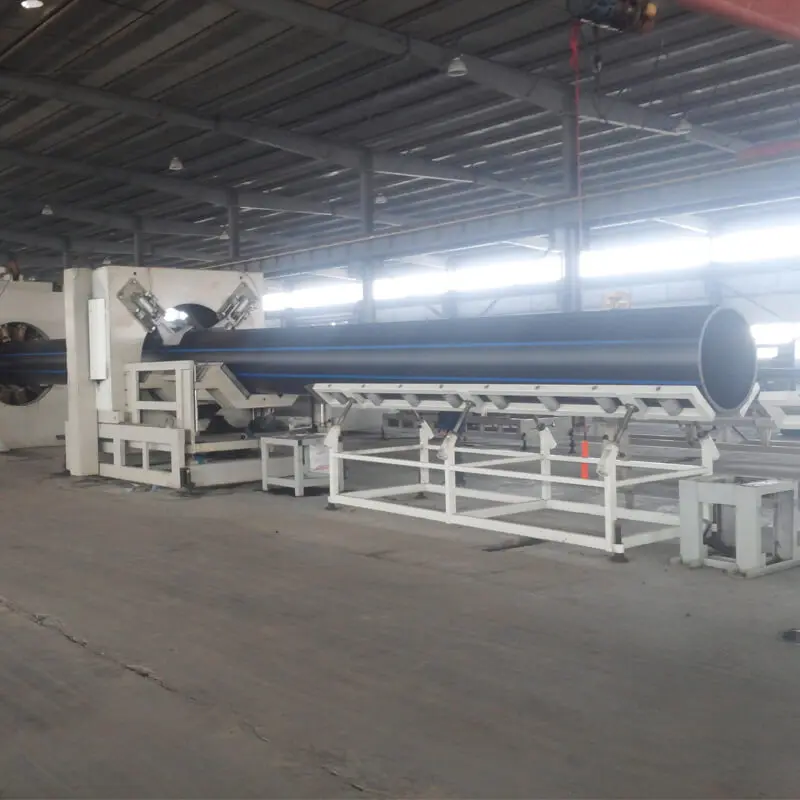
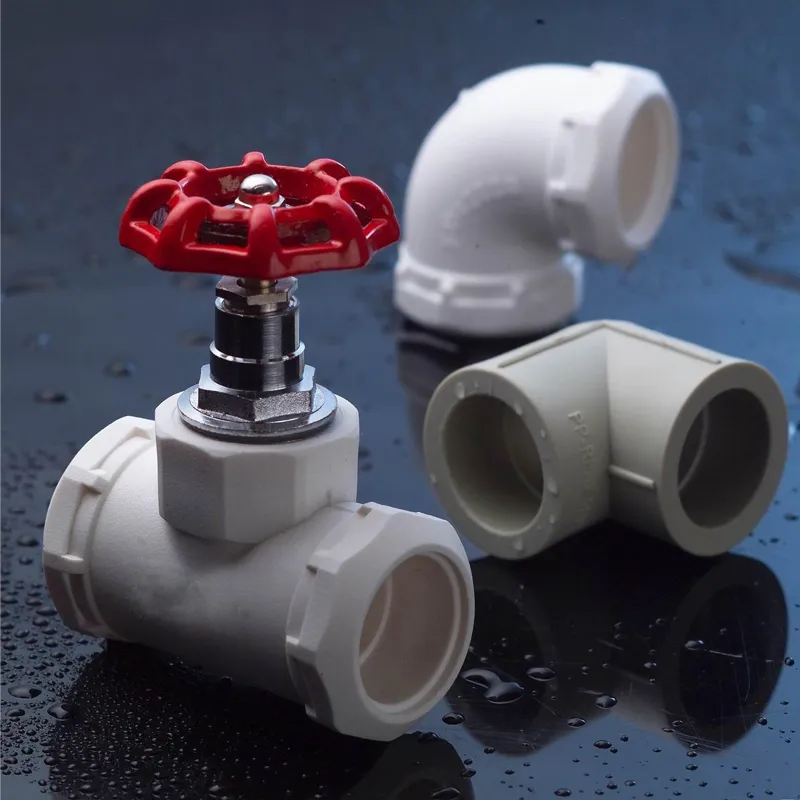
219.webp)
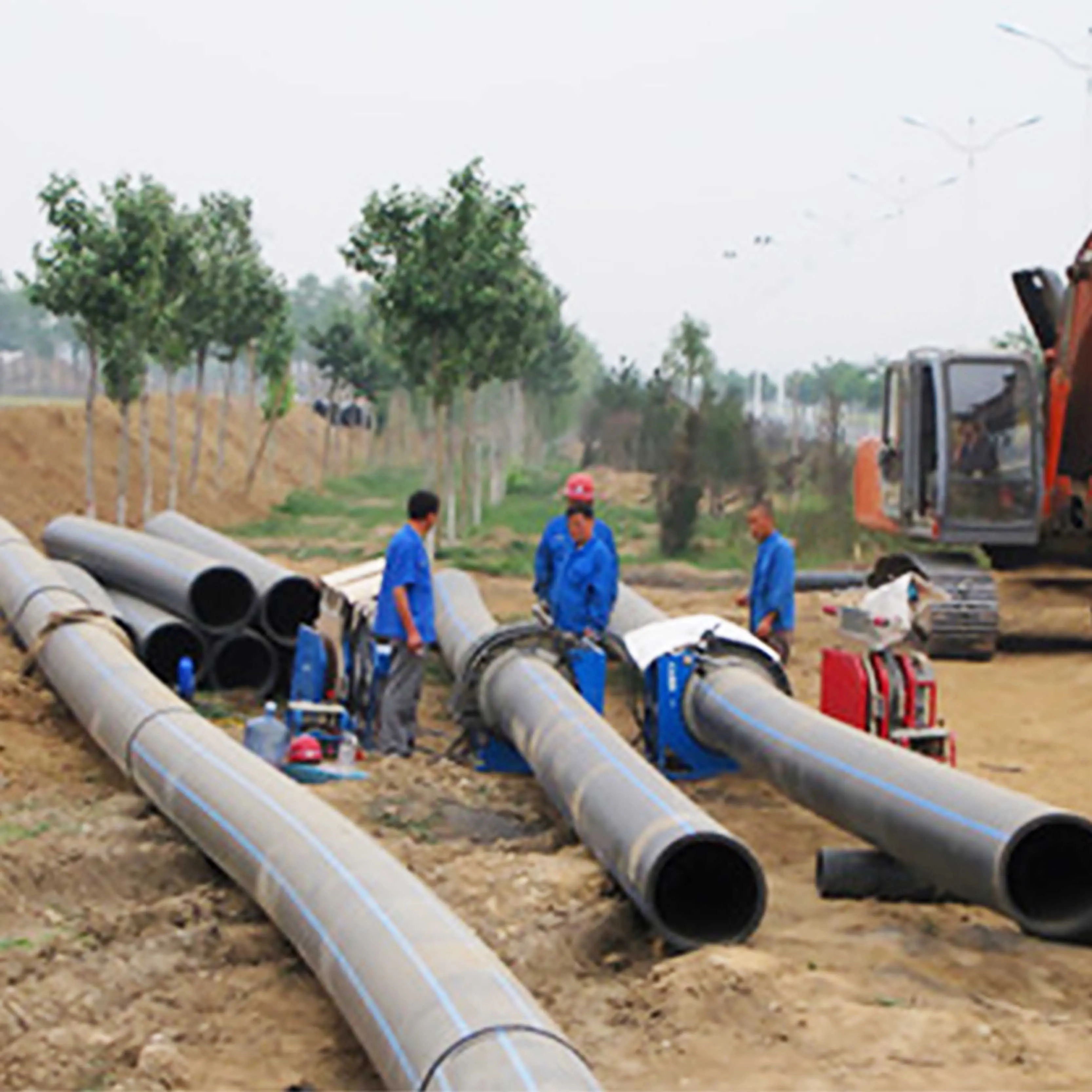
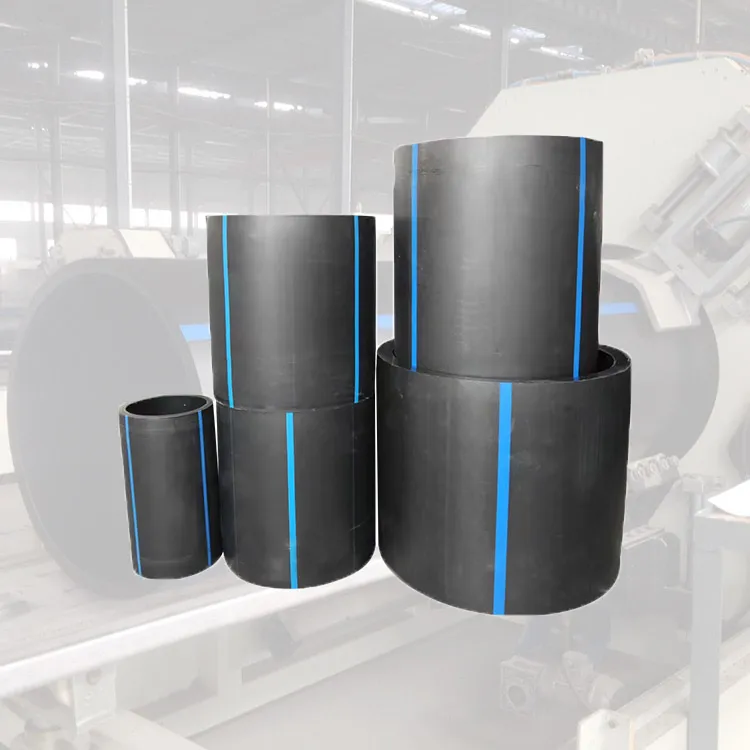
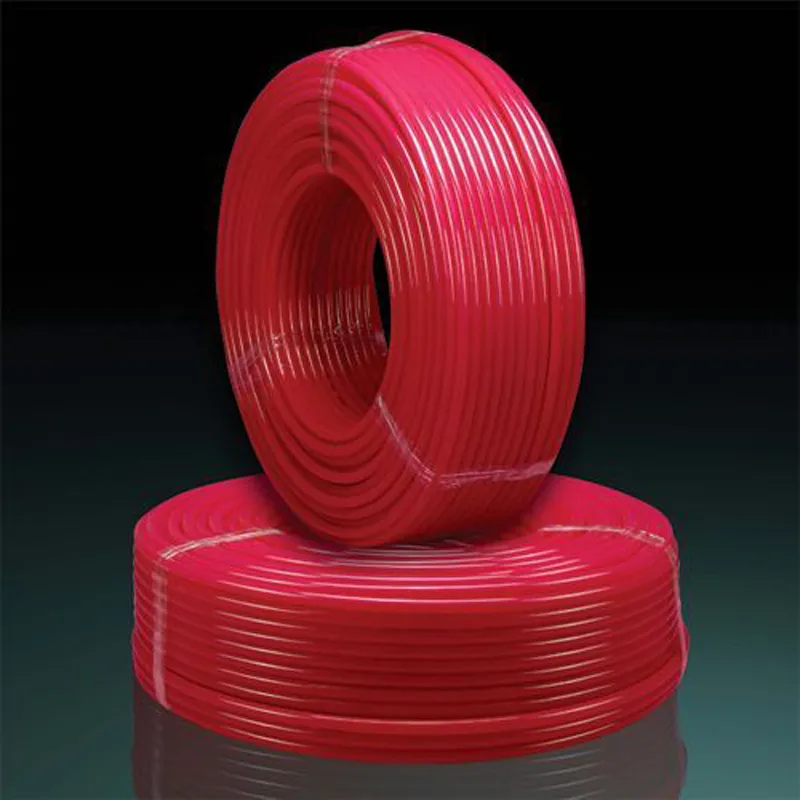
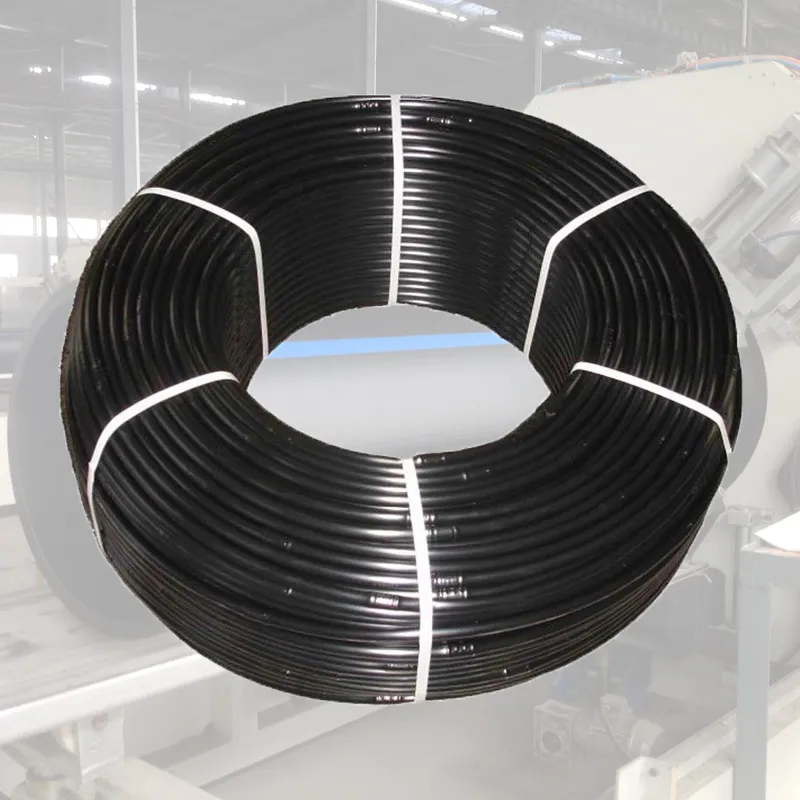
659.webp)
210.webp)
328.webp)

294.webp)
476.webp)
420.webp)
146.webp)


